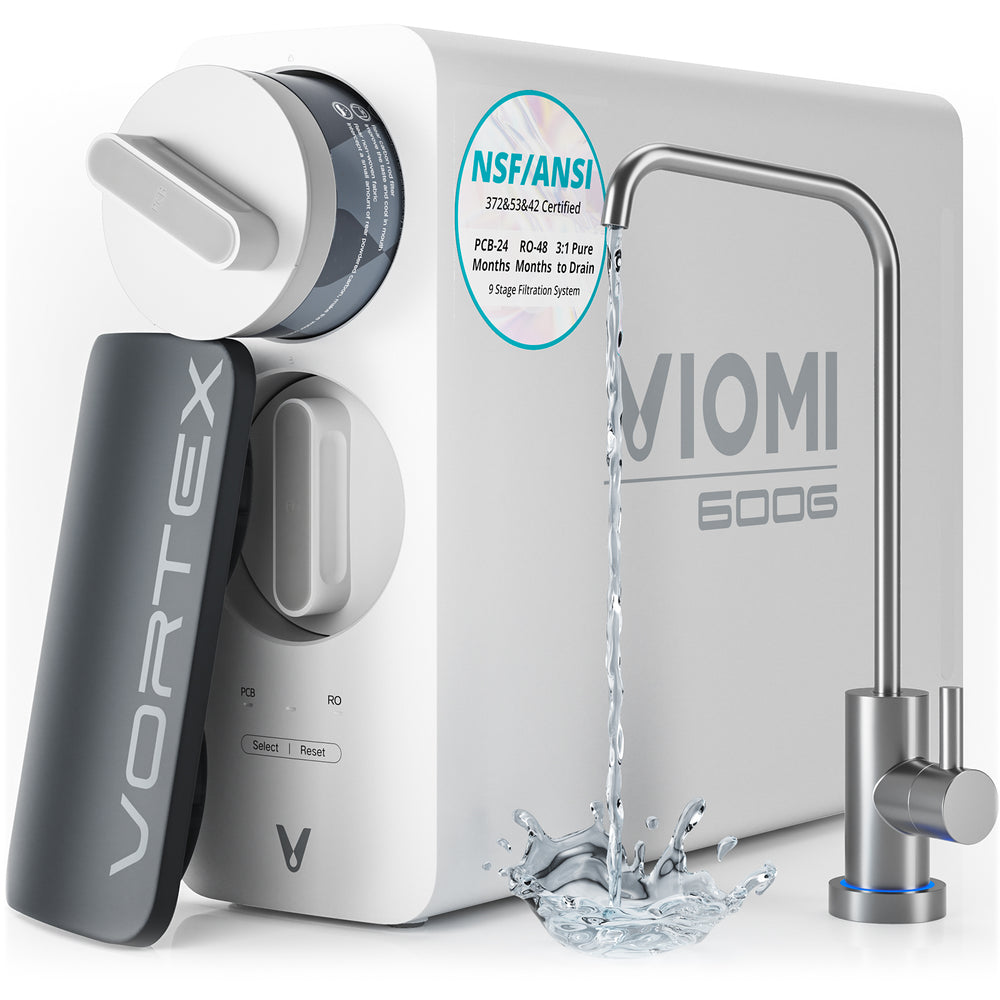Unlock the Secret to Pure Water: Discover the Ultimate Filtration System!
Access to clean drinking water is essential for maintaining good health, yet many people overlook the importance of using a reliable water filtration system. Our tap water can harbor a variety of contaminants, including harmful bacteria, heavy metals, and chlorine, which not only compromise our health but also alter the taste and quality of our drinking water. As we become more aware of these issues, the need for effective filtration systems has grown. This article aims to help you compare and evaluate different water filtration systems, ensuring you make an informed decision that prioritizes your health and well-being.

Understanding Water Contaminants
Contaminants in drinking water can range from natural minerals to man-made chemicals, and understanding these is crucial in choosing the right filtration system. Common contaminants include chlorine, which is used to disinfect water but can leave an unpleasant taste; bacteria, which can cause serious health issues if ingested; heavy metals such as lead and mercury, which can seep into water supplies from old pipes or industrial runoff; and sediments that can affect the clarity and flavor of your water. Each of these contaminants can have significant health implications, such as gastrointestinal diseases from bacteria or long-term neurological damage from heavy metal exposure. Knowing what’s in your water is the first step in selecting a suitable filtration system.
Types of Water Filtration Systems
When it comes to choosing a water filtration system, there are several types to consider, each with its unique mechanism and effectiveness against specific contaminants. Activated carbon filters are popular for their ability to improve taste and remove chlorine. They work by adsorbing contaminants onto the surface of activated carbon. However, they are not as effective against heavy metals or bacteria. Reverse osmosis systems, on the other hand, use a semi-permeable membrane to remove a wide range of contaminants, including heavy metals and salts, but require regular maintenance to ensure optimal performance. UV filters utilize ultraviolet light to disinfect water, effectively killing bacteria and viruses without introducing chemicals. However, they do require pre-filtration to remove larger particles. Lastly, ceramic filters are known for their durability and effectiveness in removing bacteria and sediments, making them a solid choice for those prioritizing longevity and maintenance ease. Understanding these types can help you make an informed decision based on your specific needs.
Activated Carbon Filters
Activated carbon filters are among the most common types of filtration systems used in homes. Their primary benefit is their effectiveness in removing chlorine and improving the taste of water, making it more palatable. Many friends of mine have praised the noticeable difference in taste after installing an activated carbon filter. However, it’s important to note that while they excel in removing organic compounds and chlorine, they are less effective against heavy metals, bacteria, and viruses. This limitation might make them unsuitable for areas with contaminated water sources.
Reverse Osmosis Systems
Reverse osmosis systems operate by pushing water through a semi-permeable membrane that filters out a broad spectrum of contaminants, including heavy metals, salts, and some microorganisms. This thorough filtration process can produce high-quality drinking water. However, I learned from a friend who uses one that these systems can waste a significant amount of water in the process and require regular maintenance, including replacing the membrane periodically. This is a crucial consideration if you're looking for a sustainable option.
UV Filters
UV filters stand out for their ability to eliminate pathogens without the use of chemicals. They work by exposing water to ultraviolet light, which disrupts the DNA of bacteria and viruses, rendering them harmless. I have seen this technology used effectively in rural areas where water quality is a concern. However, a limitation of UV filters is that they require pre-filtration to remove larger particles, as these can shield microorganisms from UV light, reducing the system's effectiveness.
Ceramic Filters
Ceramic filters utilize a porous ceramic material to filter out bacteria and sediments from water. They are known for their durability and can be cleaned and reused, making them a cost-effective option over time. A colleague of mine swears by her ceramic filter, citing its long lifespan and minimal maintenance needs as significant advantages. However, while they are effective against bacteria, they may not remove viruses or chemical contaminants, which is another factor to consider when evaluating your filtration needs.
Key Features to Consider When Choosing a Filtration System
When selecting a water filtration system, there are several key features to consider. First, the filter's lifespan is critical; some filters need to be replaced every few months, while others can last for years. Also, consider the flow rate, which determines how quickly you can access filtered water. Maintenance requirements should not be overlooked—understanding how often you need to clean or replace the filter is vital for long-term use. Additionally, evaluate the volume of water the system can filter to ensure it meets your household needs. It is also essential to choose a system based on your specific water quality needs, as different systems are designed to tackle different contaminants. For the best drinking water filtration system, explore your options thoroughly.
Making an Informed Choice for Clean Water
Choosing the best drinking water filtration system is an important decision that impacts your health and the quality of your drinking water. By understanding the various types of contaminants present in your water and the effectiveness of different filtration systems, you can make an informed choice that suits your specific needs. Remember to consider key features such as filter lifespan, flow rate, and maintenance requirements. Take the time to research and compare options, ensuring you find the best fit for your home. Clean water is vital for a healthy lifestyle, so investing in the right filtration system is a step in the right direction.



